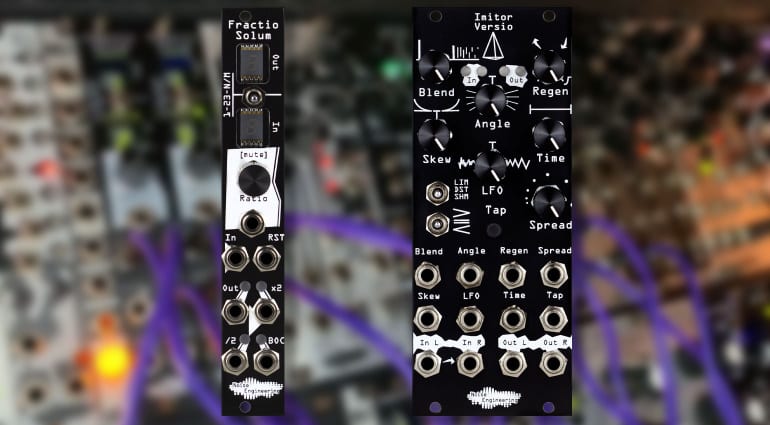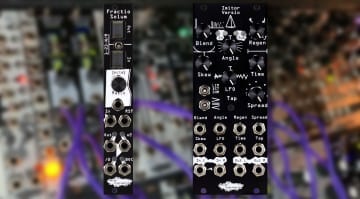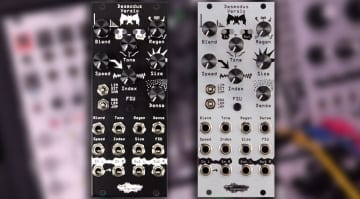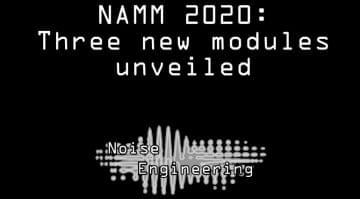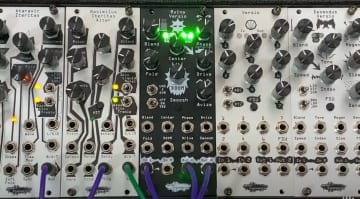Noise Engineering releases Fractio Solum, Imitor Versio and a customer portal
Translation: They have a new Clock Divider/Multiplier an experimental 12-tap Delay and you can now get new firmware for the Desmodus Versio.
Imitor Versio
The 2nd module in their Versio DSP range Imitor Versio is designed as a 12-tap stereo delay that’s intertwined with parameters and possibilities that will create unusual and experimental results. It does unexpected things and responds to modulation unlike any other delay you’ve played with.
You are currently viewing a placeholder content from YouTube. To access the actual content, click the button below. Please note that doing so will share data with third-party providers.
Firmware
The heart of the Imitor Versio is the same as the Desmodus Versio. It contains a Daisy based DSP platform for which Noise Engineering is developing a number of firmwares. Desmodus starts off as a reverb and Imitor starts as a delay but they are interchangeable.
Noise Engineering has opened a portal on their website where customers can download new firmware for their Versio module. As a bonus they are offering a free download of Ampla Versio which is an ADSR-controlled VCA and resonant multi-mode filter gate with a stereo bypassable chorus. That’s quite a mouthful.
It’s going to be really interesting to see what other firmwares emerge from the minds of Noise Engineering. Users can also write their own through the open-source project libDaisy.
Fractio Solum
We all need clocks in our Eurorack and probably more of them than we think. Fractio Solum is an easy-to-grasp clock divider and multiplier. Plug a clock signal into the input and you’ll get an output at the ratio you dialled in with the knob. At the same time there’s a x2 output and /2 output to give you further clocks relative to the main one. There’s a handy Mute function to stop the clock and a BOC output which throws out a trigger on each cycle. Cool, simple, does the job and show you what’s going on with the two displays.
You are currently viewing a placeholder content from YouTube. To access the actual content, click the button below. Please note that doing so will share data with third-party providers.

 5,0 / 5,0 |
5,0 / 5,0 | 